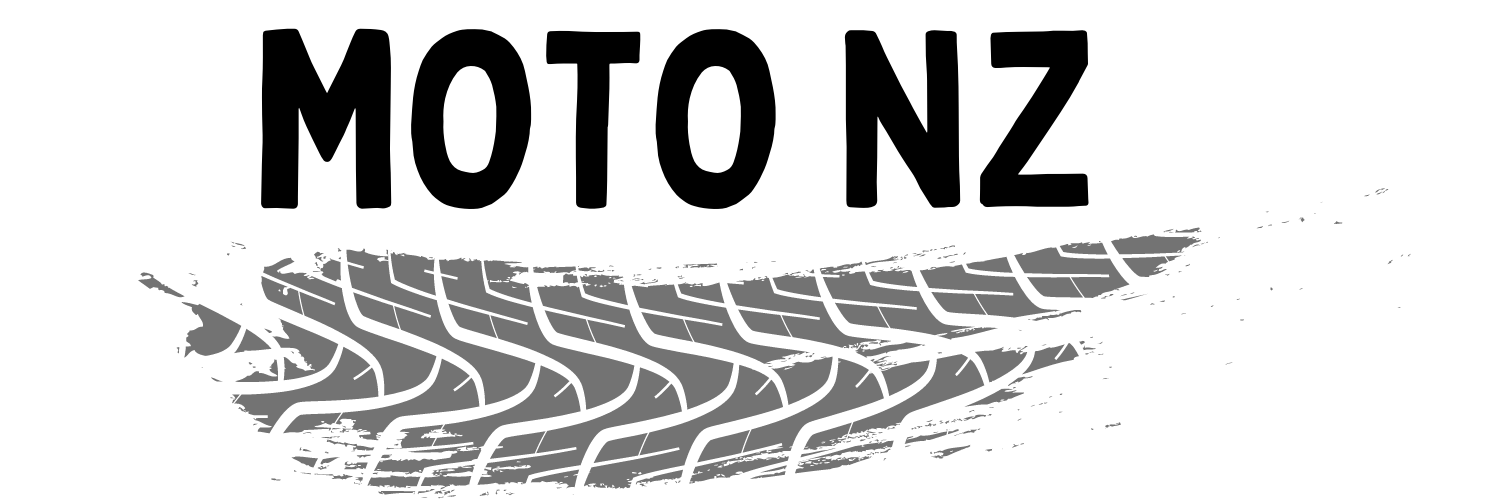Kiwi Rider Podcast 2022 | E28
In this week's show, Ray talked us through his insurance win, we have


In just two and a half years of owning my Tenere 700, I’ve managed to clock up an impressive 40,000 km. During that time, there’s one question that people seem to ask me over and over: "When are you going to upgrade the suspension?"
The truth is, aside from that one time I tried to keep up with Ben Townley across a riverbed in Wairarapa during the Yamaha Adventure Ride back in 2022, I’d never really felt the need. Maybe I’ve simply never ridden anything with a more refined setup. Or maybe it’s because I’m a bit of a “ham-fisted luddite” and wouldn’t even notice the difference if I did have the best suspension package under me.
Perhaps, on some subconscious level, I also thought that a suspension upgrade was just too expensive—something reserved for serious pros, not everyday riders like myself. At the end of the day, I’ve always just ridden the bike as it is, embracing its quirks and characteristics as part of the experience.
But recently, when I spotted a leak in the right fork seal, I knew it was time to take action. My philosophy is that if you’re going to repair something, you may as well try to make it better in the process. So, I reached out to Robert Hadley at RS Motorcycles in Lower Hutt. I wasn’t entirely sure what I wanted to achieve, but at a bare minimum, I knew I needed a new fork seal and ideally, the bike should be re-sprung to suit my weight.
I asked Robert why the Tenere 700's suspension setup often felt lacking, and he explained that modern motorcycles are typically built to a price point. To hit that target, manufacturers often have to make sacrifices somewhere, and suspension tends to be an easy place to make cuts without it being glaringly obvious. In short, the Tenere 700 is under-sprung for most New Zealand riders. The rear shock is basic, and the stock damping isn’t quite up to handling New Zealand’s rugged conditions. One option was to get the rear shock rebuilt, but by the time you’ve gone down that road, you may as well have invested in an aftermarket upgrade.
Robert walked me through my options, ranging from a basic “pump and dump” using thicker oil to a comprehensive overhaul involving YSS fork cartridges and a premium shock with high- and low-speed compression damping, rebound adjustment, and preload. Since the Tenere 700 is the closest thing I’ve had to a “forever bike,” I decided to go all-in and opted for the “gold-standard” YSS setup that Robert recommended. He got the ball rolling by ordering the parts from KSS in Taranaki. As the YSS distributor for New Zealand, KSS also happens to be one of only a few YSS R&D hubs worldwide. The parts took about four weeks to arrive, as each setup is custom-made to order. KSS takes a shock off the shelf, fits it with the correct spring, and dyno-tests each component before sending it out. (There’s likely more to the process than that, but that’s the gist.)
I dropped my Tenere 700 off at RS Motorcycles at 8 a.m. on a Wednesday morning. Robert again took the time to explain what they’d be doing in terms simple enough that even a layman like myself could follow. I left the bike with Robert, resigning myself to commuting in the “cage” for the rest of the week.
The installation itself is pretty straightforward. The rear shock is a complete, direct replacement, so that’s a quick swap. Up front, they remove the front wheel, take out the forks, drain the old fluid, replace the fork seals, fit the new YSS cartridges, pour in fresh fluid, seal it all up, and reinstall. I’d anticipated the bike would be in the shop for at least a week, but to my surprise, I got a call Thursday afternoon saying everything was ready. Not only had the KSS components been installed, but Robert had also managed to extract a snapped bolt from the bike’s frame in the process.
I headed back to RS Motorcycles on Friday morning, where Robert had the bike fully reassembled and had even set up the damping for me. The only task remaining was to dial in the sag and preload settings with me on the bike. After a quick 15-minute session, I had my Tenere 700 loaded back on the trailer and was on my way home.
So now, my Tenere 700 has, I’m told, one of the best bang-for-buck suspension packages available. It genuinely feels like a different bike. I haven’t had a chance to properly test the new setup, but I plan to give it a good run and will share a more in a future story. I did manage a quick spin on the back roads around Upper Hutt, and my initial impression is that the rear doesn’t squat nearly as much when I mount up. The bike feels remarkably stable both when rolling on and off the throttle, as well as in the corners. The front-end dive under braking? Gone. I think we’re onto a winner here, but I’m looking forward to taking it off-road to see just how much of a difference this new suspension makes.